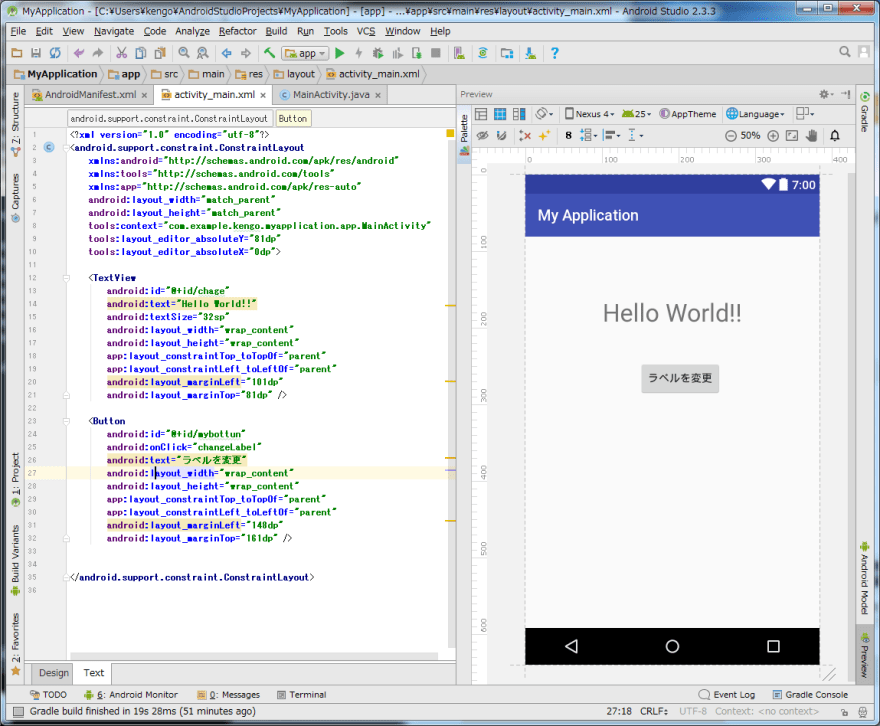

Google announced Android Studio at Google I/O 2013.

Google suggests that you install the Android Bundle (contains all components in one package) found here, but in order to become more familiar with the development components and the environment, this lab will walk you through installing them separately. Your first steps towards Android development involve several downloads and installations. There is possibly nothing to be done on your end to resolve this, as it may be done automatically for you. NOTE: You will also need to make sure that the Java Path variables are set properly, more information on this can be found here. Eclipse will not run unless a JDK is set up. More information about installing Java for Eclipse usage can be found here. You need the 32-bit Java Development Kit (JDK) since Android is exclusively 32-bit. NOTE: The following assumes you have Java already installed on your computer. Setting Up the Development Environmentġ.2 Install the Android SDK & Eclipse ADT Pluginġ.3 Install Android Platforms and PackagesĦ.3 Reconfigure the HelloWorld Application Install and run the application on a physical Android device.ġ.Become familiar with the Android Emulator.Understand the various parts and features of an Android Project, and how they relate to each other.Create a basic "Hello World" Android Application containing a simple Graphical User Interface (GUI).Set up the Android Development Environment.Remember to have fun and be excited to learn Android in a world full of mobile development opportunity! Now let's get started. It will prepare you for completing these labs. If you are not yet familiar with Java, consider taking Java Essentials for Android, a Udemy course by Dr. These labs assume that you know the Java Programming Language.

More specifically, you should gain the knowledge of how to use basic development tools to support the application development process, as well as the key components of an Android application itself. The goal of this lab is to learn the fundamentals of developing Android applications, including programming tool installation, project creation and coding, and running an app on a physical or virtual Android device.


 0 kommentar(er)
0 kommentar(er)
